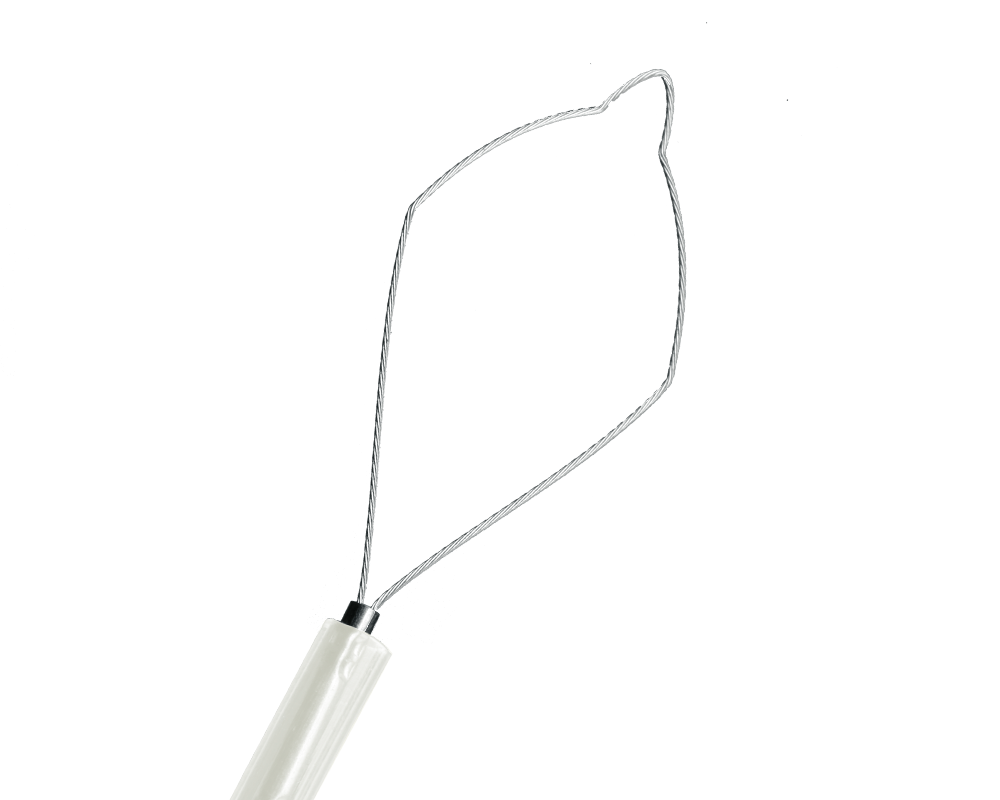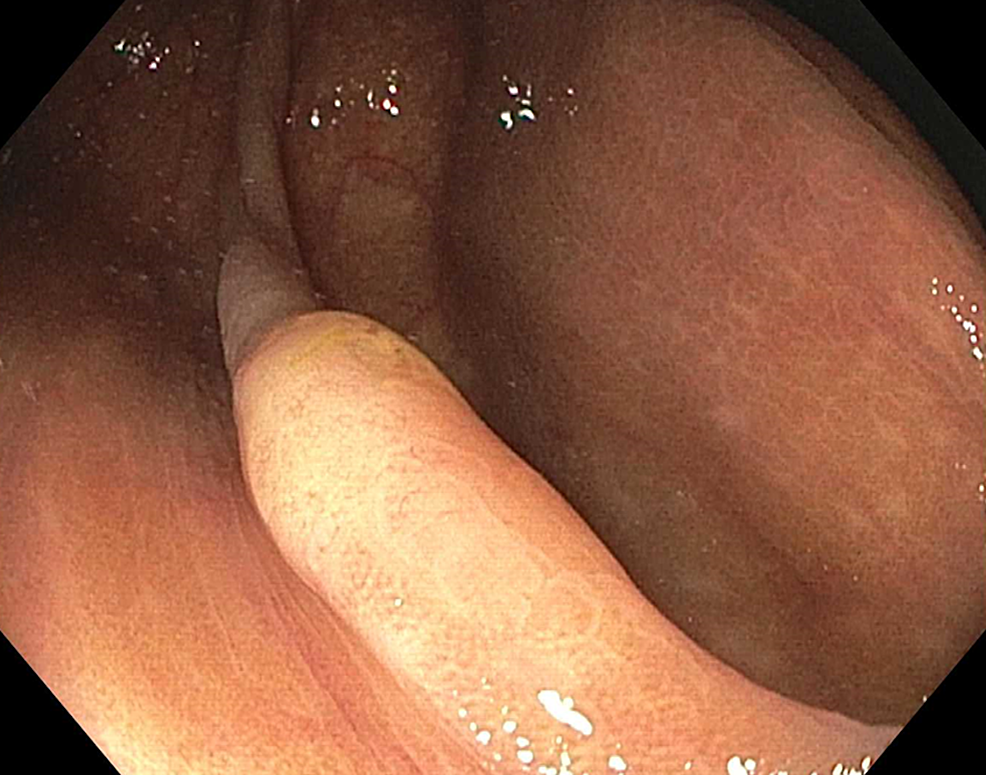Let’s talk about one of the most satisfying moves in the colonoscopy suite – the cold snare. No current, no burn, no delayed bleeding worries, just pure mechanical guillotine action. It’s like cutting a tag off a new shirt with scissors instead of burning it off with a lighter – cleaner, safer, and (when done right) just as effective.

Piecemeal cold snare polypectomy versus conventional endoscopic …
But here’s the kicker: most endoscopists treat cold snare like a poor cousin of hot snare, when in reality, for polyps ≤10 mm (especially 4–9 mm in the right colon), cold snare has become our default – really our strong preference – over the last five years. Multiple RCTs and meta-analyses now show lower incomplete resection rates and essentially zero risk of delayed post-polypectomy bleeding compared to hot snare. The evidence is solid (1–4).
Yet we still see trainees (and even attendings) struggle with the technique and turn what should be a beautiful, margin-negative resection into a fragmented specimen that leaves adenoma behind.
So, what’s the moral upfront? Master cold snare, and you’ll reduce patient risk while making your life easier. Fail to execute it properly, and you’re leaving residual adenoma like confetti in the colon.
Polyp Selection – Know When Cold Snare Is King
Cold snare everything non-pedunculated ≤10 mm, period. This includes:
- Diminutive (≤5 mm) – trivial, just suck and cut
- Small (6–9 mm) – the sweet spot where cold snare shines brightest
- Sessile serrated lesions (especially right colon) – no thermal injury means perfect histology with no distortion
- Even some 10–12 mm polyps if flat and in favorable position (we routinely cold-snare up to 15 mm when anatomy cooperates)

Endoscopic appearance of sessile serrated adenomas/polyps (SSA/Ps …
Switch to hot snare or EMR only for pedunculated polyps, those >15 mm, or when you suspect deep invasion.
The Actual Technique – This Is Where Most People Struggle
Remember that cold snare works by mechanical transection combined with crush effect on submucosal vessels. No current means you need perfect positioning and deliberate, confident execution.
Choose the right snare – stiff, thin-wire, dedicated cold snares only. We love the Exacto (US Endoscopy), Captivator Cold (Boston Scientific), or AcuSnare mini-oval (Cook Medical). Standard braided hot snares are too floppy and crush poorly – they deform and leave tissue behind.

Cold Snares For Polypectomy | Micro-Tech Endoscopy
Our step-by-step (refined over thousands of cases):
- Position perfectly – polyp at 6 o’clock, scope tip stable. Use cap/distal attachment if needed.
- Open the snare wide – fully around the polyp with 1–2 mm normal mucosal margin (that little “skirt” is crucial).
- Anchor the tip – gently press the snare catheter into the mucosa just beyond the polyp.
- Close slowly and deliberately while applying gentle suction – feel the resistance.
- Pull a “tent” – once closed, pull slightly away from the wall.
- Guillotine cut – quick, firm, decisive closure. No hesitation.

Endoscopic images from piecemeal cold snare polypectomy of 2 cm …
Pro Tips That Separate Good from Great
- For flat polyps (Paris 0-IIa or 0-IIb): use submucosal injection with saline + few drops of indigo carmine (“cold EMR light”) – resection rates approach 100%.
- Right colon 6–9 mm sessile serrated: always take 2–3 mm margin. Residual adenoma loves to hide at the edges.
- If the snare slips: stop, deflate more, reposition, or switch to stiffer snare.
- Immediate oozing is normal and stops within seconds in >95% of cases. Persistent bleeding (<1%) → snare-tip soft coagulation or clip.

The Wick Sign After Cold Snare Polypectomy: A Case Report | Cureus
Characteristic post-cold snare defect showing white submucosal fibers (the “white cord” or “wick” sign) – exactly what you want to see.
The Key Takeaway Is This:
Cold snare polypectomy, when performed with proper technique, is safer, faster, more complete, and histologically superior to hot snare for small polyps. In our unit we went from ~30% cold snare rate in 2018 to >95% in 2025 – and our adenoma detection and complete resection metrics have never been better.
With practice, you can achieve complete resection rates >98% for 6–10 mm polyps – rates hot snare simply cannot match in the right colon.
Master cold snare, and you’ll wonder why you ever burned anything small.